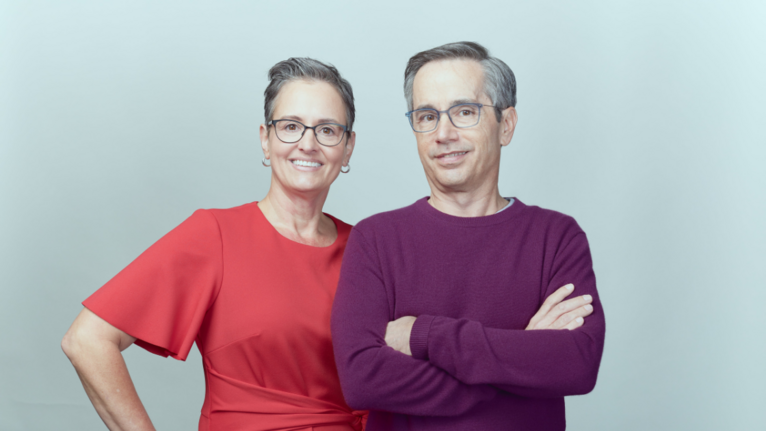The Emergency Response and Initial Treatment
Upon reaching the emergency room at UC Medical Center, the urgency of Phillip's condition was immediately evident. The medical team, recognizing the potential for a hemorrhagic stroke, acted with swift precision. Once Phillip was stabilized, the Neurocritical Care team was able to perform emergency brain surgery, a critical move to alleviate the pressure on his brain tissue. As surgeons navigated the intricate network of blood vessels in his brain, Julie waited, hoping for a positive outcome. This emergency intervention was the first step in what would be a long, arduous journey toward recovery.
A long and trying journey began in the Neuroscience Intensive Care Unit (NSICU), where Phillip would spend 6 weeks. He was diagnosed with a hemorrhagic stroke, also called a subarachnoid hemorrhage or a burst aneurysm.
Distinguishing Between Hemorrhagic and Ischemic Strokes
In the world of stroke care, understanding the type of stroke is crucial for effective treatment. While ischemic strokes, caused by a blood clot blocking blood flow to the brain, are more common, Phillip’s situation was different. He suffered a hemorrhagic stroke, a less common type characterized by bleeding within the brain.
Hemorrhagic strokes occur when blood vessels leading to or around the brain rupture, causing blood to pour into the surrounding brain tissue. This distinction was vital for the medical team at UC Gardner Neuroscience Institute, guiding them toward the most appropriate and life-saving interventions.
“Phillip’s situation was quite complex and very difficult…We do complex well.”
Phillip’s multidisciplinary care team at the UC Gardner Neuroscience Institute was led by Dr. Charles Prestigiacomo, a cerebrovascular and endovascular neurosurgeon, with decades of experience and specialized training – exactly what Phillip, a healthy, young, and active patient needed when the “why” was still a mystery. Countless tests, scans, and surgeries helped direct the best care at each step. The team refused to settle; they saw a future for Phillip.
Phillip received care from experts across several specialties from neurology to nursing to neurosurgery to rehab – all singularly focused on moving his recovery forward. When it comes to stroke, the chance for the best recovery possible requires the around-the-clock collaboration of experts who are highly trained and experienced in the latest research and treatments for complex stroke care – something only this team can provide. Six weeks in the NSICU and rehabilitation therapy paved the way for Phillip’s transition to a long-term care facility and additional inpatient rehabilitation.
The Road to Recovery
Phillip's journey towards recovery was marked by resilience and unwavering determination. After enduring weeks in intensive care and undergoing multiple surgeries, his road to stroke recovery slowly began.
“Getting him back to his day-to-day routine was a priority goal for us in therapy.”
For so many patients, the recovery journey continues well beyond those initial days, weeks, and months. This was certainly true for Phillip. Over the course of the years since his stroke, he has moved through inpatient and outpatient therapy across several facilities – but his focus, and Julie’s support, never change.
The UC Gardner Neuroscience Institute’s rehabilitation services enable patients like Phillip to reimagine their recovery and envision a future that may not be possible elsewhere. Our patient-focused mindset and interdisciplinary teamwork empower therapists like Phillip's occupational therapist, Jennifer Torbeck, to determine the definition of success, envision our patient’s best quality of life, and collaboratively chart the path forward.
Challenges and Adaptations
Recovery from a hemorrhagic stroke is a path filled with challenges.
“I had to relearn everything.”
The support of the UC Gardner Neuroscience Institute team is just one piece of Phillip’s story. His relentless tenacity and refusal to settle, paired with Julie’s partnership and advocacy, created the path for Phillip’s progress. Phillip’s strong desire to regain a sense of normalcy such as navigating day-to-day tasks and independently driving a car once again, fueled his determination. Jennifer, along with a team of other therapists, partnered with Phillip as each new milestone and goal were defined, refusing to give up in his pursuit for greater independence.


